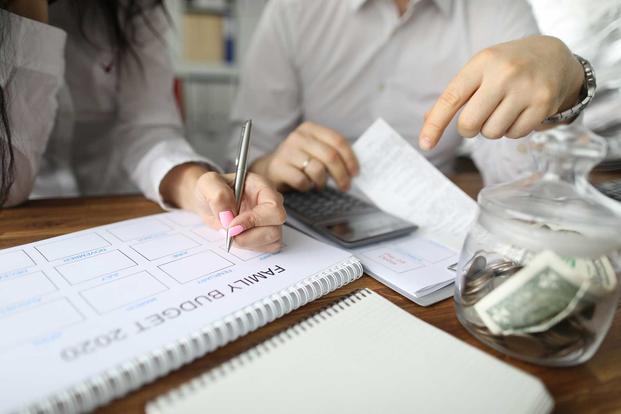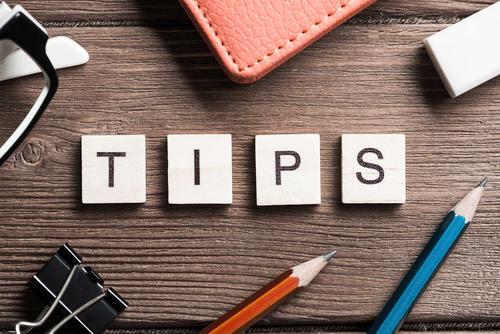Entering 2021, It had been nearly 30 years since inflation eclipsed 4% on an annual basis. Now, we have done it two years in a row, and we are on target to double that figure in 2022.
I've often heard inflation termed the "silent killer" of retirement plans. These days, it's not so silent and its damage isn't limited to retirees on fixed incomes. It's impacting most Americans, regardless of age.
Rising prices make it important to have a firm handle on your cash flow. Whether you call it a budget, a spending plan or just managing money, having a firm grip on your day-to-day finances can be the difference between being successful and really struggling.
The first step in establishing that type of control is a definitive understanding of where your money goes each month. With that in mind, here's my take on some general guidelines as to where your money should go. These figures aren't exact, and there will be situations where your reality requires you to shift from one category to another. For example, if you live in an expensive city, spending only 25% on housing may be impossible.
The goal of these targets is to provide broad guidance that could help you identify potential problem areas or spending categories that might be a prime target for adjustments if coping with inflation has become a challenge.
- 25% on Housing: This includes the core of what it takes to put a roof over your head. Mortgage (principal, interest, taxes and insurance) and/or rent. Typically, taxing authorities are a bit behind trends, so property taxes are an area where homeowners might need to prepare for a spike down the road.
- 12% on Transportation: This includes car payments, gas, repairs and whatever it takes to get from work to home and everywhere else you go. Skyrocketing gas prices may have altered this category substantially over the last year.
- 6% on Utilities: Electricity, gas, garbage, water, cell phones, and cable/satellite are all items that fall into this slice. Seem low? This is typically an area where savings can be realized.
- 10% on Food: This is what it takes to get food on the table, in the lunchbox, at the school cafeteria or, unless you're calling it entertainment, on the town.
- 5% on Other Stuff: This could include clothes, charitable contributions and the expenditures not covered in other categories. Sports for kids or vacations may come from here.
- 5% for Short-Term Savings: This is what should be going into your emergency fund each month. This is money that you have set aside for all life's surprises -- like that big vet bill for your dog or that water heater that just died. By setting aside money each paycheck, you can avoid debt when something unexpected comes up and then automatically refill the account to rebuild your reserves.
- 4% on Entertainment: Who says financial planners aren't fun? Hopefully, there's a financial date night in your mix that includes stuff like movies, dancing and whatever makes you smile.
- 10% for Retirement Investments: This is money set aside for your long-term goals. This includes contributions to the Thrift Savings Plan or a Roth IRA.
- 6% for Insurance: Life, health, auto and whatever it takes to put together a comprehensive package of insurance (except homeowners/renters, which falls under housing) to protect you and your family. Health coverage is a major benefit of military service, so you may have to carve out more, or a lot more, for this category when you leave the military.
- 17% for Taxes: It's easy to forget about them, but they're everywhere -- income tax, sales tax, personal property tax and even capital gains tax.
So, there you have it, my take on spending. Is this the right mix for everyone? Of course not, but the key takeaway of this exercise is to understand where your money ends up each month. That knowledge should allow you to adjust and meet the challenge posed by inflation.
Conspicuously absent from my pie are debt payments beyond a home and a car. In my mind, that's ideal, even if it's not reality for many folks. If you're working on digging out of debt, it makes this budget pie exercise all the more important. You've got more than inflation on your mind. You also need to trim across the board to "find money" to pay down debt. Good luck!










